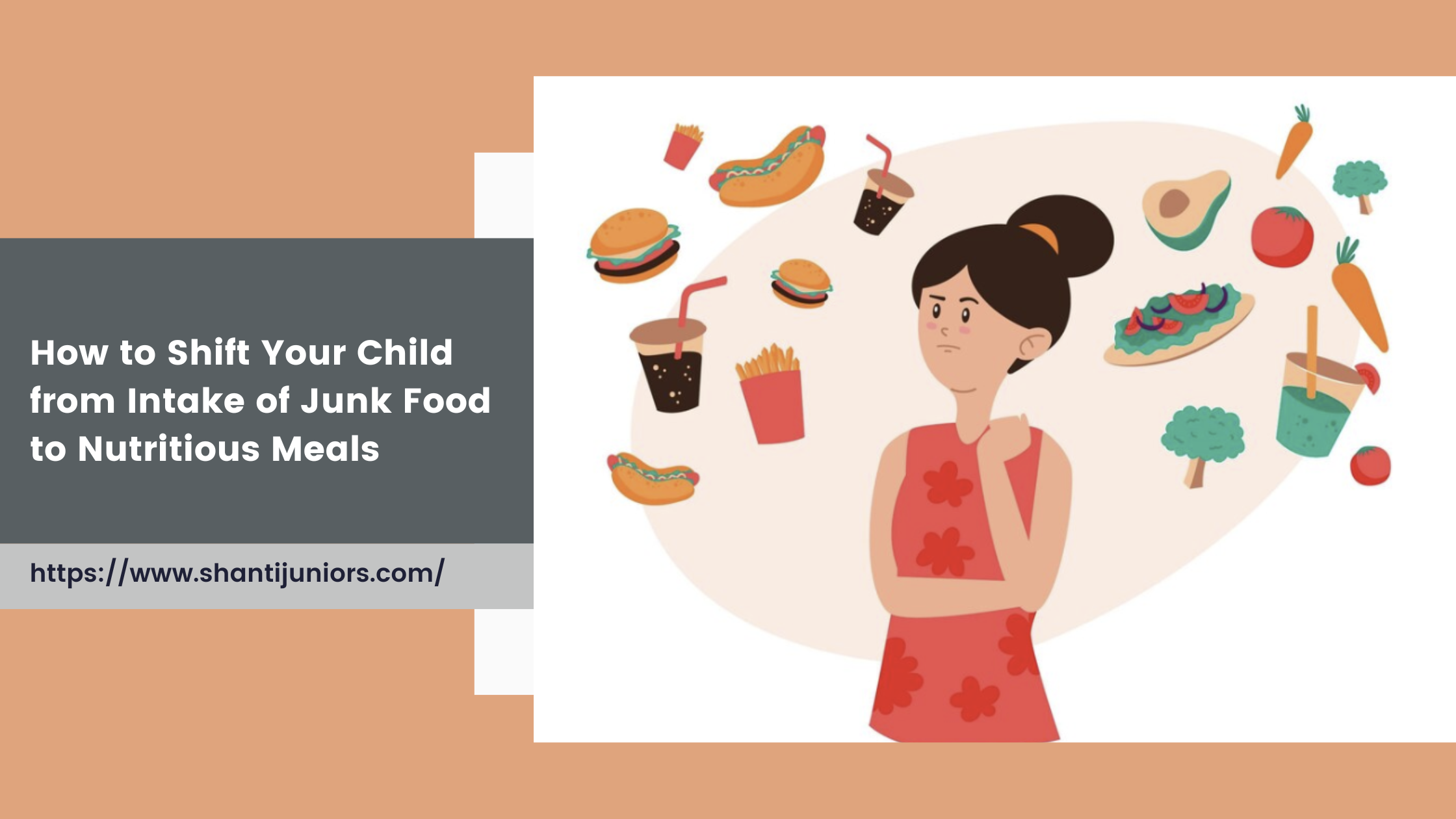

Transitioning children from consuming junk food to nutritious meals is a crucial step for their overall health and development. In today’s fast-paced world, junk food is often more accessible and appealing to children, but this can lead to a host of health issues. In this comprehensive guide, we will provide effective strategies and practical tips to help you encourage healthier eating habits in your child.
Transitioning children from consuming junk food to nutritious meals is a crucial step for their overall health and development. In today’s fast-paced world, junk food is often more accessible and appealing to children, but this can lead to a host of health issues. In this comprehensive guide, we will provide effective strategies and practical tips to help you encourage healthier eating habits in your child.
Nutritious meals are essential for a child's growth, development, and overall well-being. A diet rich in fruits, vegetables, whole grains, and lean proteins supports physical health, cognitive development, and emotional well-being. Conversely, a diet high in junk food, which is typically loaded with sugar, sodium, and unhealthy fats, can contribute to obesity, type 2 diabetes, and various other health problems.
Before making any changes, it is important to assess your child’s current eating habits. Keep a food diary for a week to track what they are eating, including snacks and beverages. Identify the types of junk food they consume most frequently and the times of day they are most likely to eat unhealthy foods. This will help you understand their eating patterns and pinpoint areas that need improvement.
Setting realistic and achievable goals is crucial when transitioning your child to a healthier diet. Start with small, incremental changes rather than overhauling their entire diet overnight. For instance, if your child drinks soda daily, begin by reducing the frequency to every other day, and gradually replace it with healthier options like water or natural fruit juice.
Involving your child in the meal planning and preparation process can increase their interest in healthy eating. Take them grocery shopping and let them help select fruits, vegetables, and other healthy foods. In the kitchen, assign age-appropriate tasks such as washing vegetables, mixing ingredients, or setting the table. This not only makes them feel involved but also teaches them valuable life skills.
Children are more likely to eat healthy foods if they are presented in a fun and appealing way. Use colorful fruits and vegetables to make fun shapes and designs on their plates. Create a rainbow of foods and encourage them to try eating from each color group. Additionally, involve them in creating fun names for healthy dishes, like “superhero salad” or “rainbow veggie wrap.”
Gradual replacement of junk food with healthy alternatives can make the transition smoother. Here are some ideas:
Also Read: Is Opening a Preschool a Profitable Business?
A balanced meal plan ensures that your child gets all the necessary nutrients. Here’s an example of a balanced daily meal plan:
One of the most effective ways to reduce junk food consumption is to limit its availability at home. Stock your pantry and refrigerator with healthy foods and snacks. If junk food isn’t readily available, your child will be less likely to consume it. However, it’s also important not to completely ban junk food, as this can make it more desirable. Instead, allow it in moderation as an occasional treat.
Educating your child about the benefits of healthy eating can empower them to make better food choices. Teach them about the nutrients in different foods and how they benefit the body. Use age-appropriate books, videos, and games to make learning about nutrition fun and engaging. Encourage questions and provide clear, simple answers.
Children often mimic the behavior of their parents. By being a role model and practicing healthy eating habits yourself, you can positively influence your child’s food choices. Eat meals together as a family and demonstrate enjoyment of healthy foods. Your enthusiasm and commitment to healthy eating will encourage your child to follow suit.
Dealing with picky eaters can be challenging, but patience and persistence are key. Continue to offer a variety of healthy foods without pressuring them to eat. Encourage at least one bite of a new food and praise them for trying. Over time, their taste preferences may change, and they may become more open to trying new healthy options.
Physical activity plays a significant role in maintaining a healthy lifestyle. Encourage your child to engage in regular physical activities they enjoy, such as biking, swimming, or playing sports. Active children are more likely to develop healthy eating habits, as they need proper nutrition to fuel their activities.
Also Read: Advantages of Daycare for Children and Parents
Tracking your child’s progress and celebrating their successes can help reinforce healthy eating habits. Keep a chart of new foods they’ve tried and reward them with non-food treats, such as a trip to the park or a new book. Celebrate their efforts and progress, no matter how small, to keep them motivated.
Shifting your child from junk food to nutritious meals is a gradual process that requires patience, creativity, and persistence. By understanding the importance of healthy eating, involving your child in the process, making nutritious foods appealing, and being a positive role model, you can foster lasting healthy eating habits. Remember, the goal is to make healthy eating a positive and enjoyable experience for your child, setting them up for a lifetime of good health.